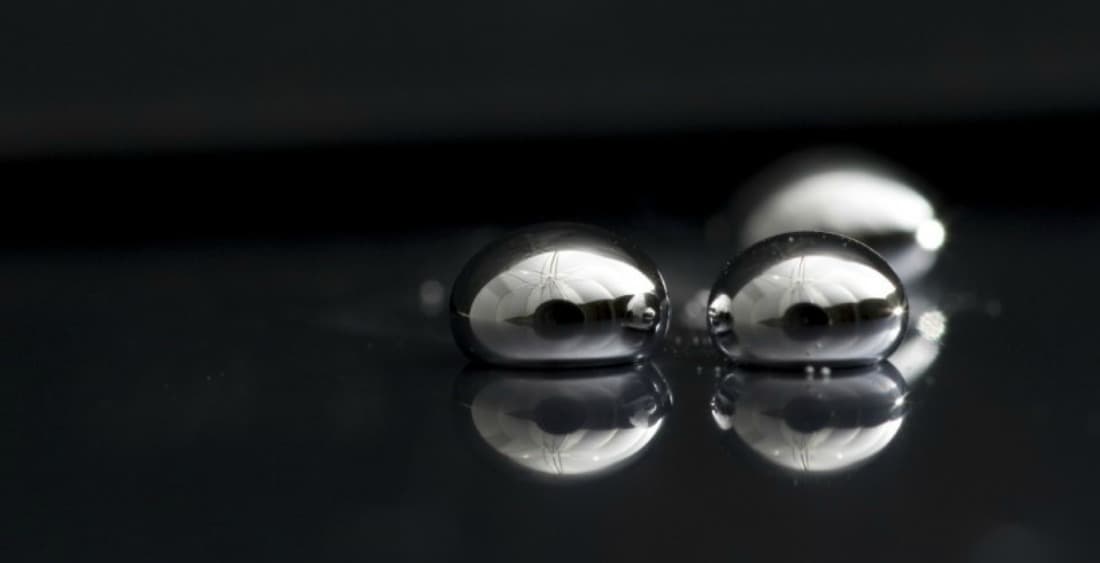The Breakthrough
Scientists have developed a remarkable method of delivering drugs directly into cancer cells—using liquid metal. This innovative idea was developed by researchers at North Carolina State University and the University of North Carolina at Chapel Hill.
If that's not impressive enough, this method also boosts the effectiveness of the cancer drugs that are being delivered.
This new method has a host of other benefits as well. As Zhen Gu, an assistant professor in the joint biomedical engineering program at NC State and UNC-CH, notes, "The advance here is that we have a drug-delivery technique that may enhance the effectiveness of the drugs being delivered, can help doctors locate tumors, can be produced in bulk, and appears to be wholly biodegradable with very low toxicity." She adds, "And one of the advantages of this technique is that these liquid metal drug carriers—or 'nano-terminators'—are very easy to make."
The nano-terminators are created by placing a liquid metal alloy of gallium and indium into a solution that contains two types of polymeric ligand molecules. Next, exposure to ultrasound causes the liquid metal to break into nanoscale droplets, onto which the ligands attach to.
At this point, an oxidized ‘skin’ forms on the nanodroplets’ surface, preventing the nanodroplets from fusing with each other. The anticancer drug doxorubicin (Dox) is then introduced into the solution. The Dox-infused nanodroplets can then be introduced into the patient’s bloodstream and sent off the fight the cancer.
The Implications
The cancer cells absorb the nanodroplets, and once inside, the ligands release the Dox into the cells. Eventually, the nanodroplets fuse into larger liquid metal drops, which can be detected by diagnostic techniques. This method can be used to help doctors locate tumors.
Another benefit of this treatment, as previously notes, is that the gallium ions released from the liquid metal enhance the performance of the anticancer drugs and this process gradually degrades the metal, enabling the body to successfully absorb it or filter it out.
The researchers have tested this procedure on mice, and the results are promising: Not only was the growth of ovarian cancer tumors in the mice inhibited, but after 90 days of receiving the treatment, none of the mice showed any adverse effects from the liquid metal.
"This was a proof-of-concept study, but very encouraging," Gu says. "Like the fictional Terminator, this carrier is transformable: smashed from bulk material, fused inside cancer cells, and eventually degraded and cleared. We are hoping to do additional testing in a large animal study to get closer to potential clinical trials."
Share This Article
